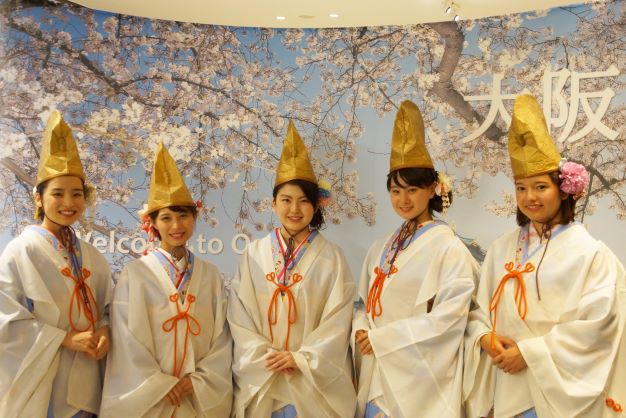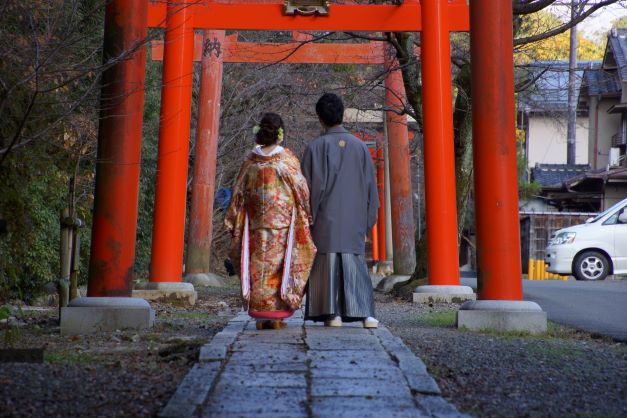Business events often incorporate elements of the two main faiths of the Japanese. Perhaps a morning blessing at a Shinto shrine to herald success; and a special dinner at a Buddhist temple to close. This mix and match approach is in perfect harmony with Japanese society itself.
It is difficult to define who is a dedicated follower of Shinto, and who prioritises Buddhism in Japan. Many surveys that try to find out tend to obtain results that about 70-80% of the population follow some element of Shinto practices in their daily lives; and … about 60-70% follow Buddhist practices. This apparent overlap is probably one of the least contradictory aspects of life in this country.
Shinto is the native, natural belief system of Japan that dates back millennia. It is not a single-god religion. It is a spiritual belief with regional trends and accents, and more than 10,000 deities found in natural features such as trees, rocks, rivers, sea, sky, mountains. Shinto shrines can most easily be identified by the distinctive torii gates that mark the entrance.
Buddhism became established in Japan in the Nara area in the sixth century A.D., arriving from China after having been established much earlier in India. Buddhism developed into an organised and managed faith in the eighth century when Nara (then known as Heijokyo) was the capital and the imperial family used faith as part of its governance of the nation. Since the time that Buddhism arrived in Japan it has always coexisted with Shintoism. The most striking evidence of this is that often temples and shrines share the same site.
Indeed, spirituality is part of daily and seasonal routine here in Japan. To oversimplify and over-generalise, Buddhism tends to be associated with closure, such as funerals. Just before midnight on 31st December we go to the Buddhist temple to ring the bell 108 times to mark the end of the year and the dispelling of 108 human sins. Within a few short hours, at sunrise, we are at our local Shinto shrine to welcome the New Year. Shinto shrines are also closely associated with other major starting points, such as marriage and welcoming a new child into the world.
Of course, many other religions are also practised in Japan; with Christianity the most prominent. While Christianity was banned in the late 17th century, freedom of religious practise was enshrined in Japanese law in 1873, and an estimated two million Japanese are practising Christians. No matter what your faith, Buddhist temples and Shinto shrines are an important component of Japanese culture, and well worth making time to visit. Some of Japan’s most beautiful gardens are on the grounds of Buddhist temples, and some Shinto shrines are among Japan’s most sacred sites.







